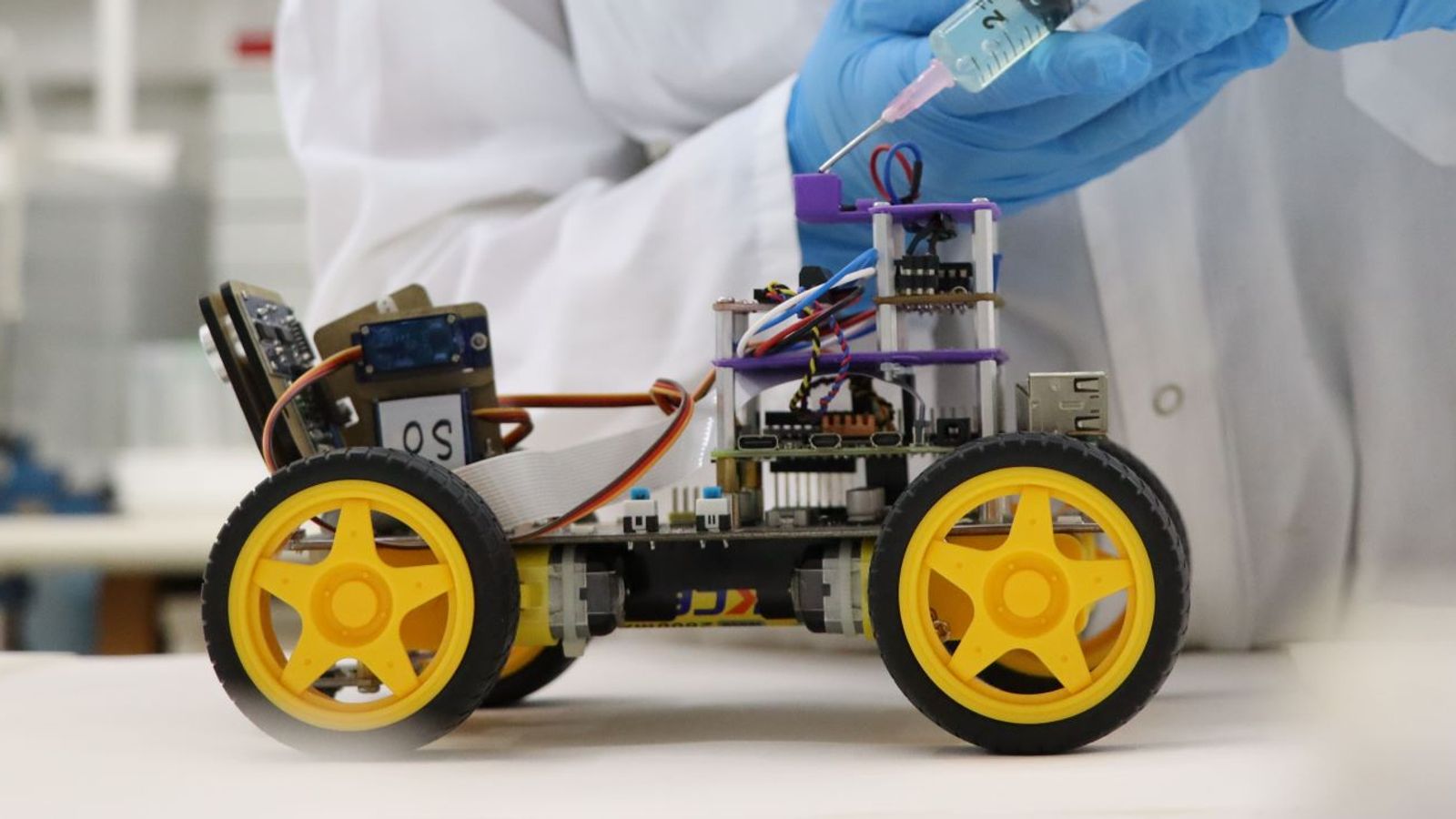A robot has been given a sense of smell thanks to groundbreaking research which will put the fear of redundancy into sniffer dogs everywhere.
Researchers at Tel Aviv University in Israel have created a biological sensor which allows machines to detect and recognise odours.
The breakthrough comes with thanks to the natural world, as the team leveraged the ability of locusts to pick up and interpret scents via their antennae.
Antennae from a desert locust were connected to an electronic system which, using machine learning, detects and measures odours with a level of sensitivity usually only found in animals and insects.
“Man-made technologies still can’t compete with millions of years of evolution,” said the researchers.
“One area in which we particularly lag behind the animal world is that of smell perception.
“An example of this can be found at the airport, where we go through a magnetometer that costs millions of dollars and can detect if we are carrying any metal devices.
“But when they want to check if a passenger is smuggling drugs, they bring in a dog to sniff him.”
Read more:
Sniffer dogs detect COVID with incredible accuracy
How a good boy with a great nose is helping keep the lights on
How does the sensor work?
It essentially aims to replicate how our sensory organs – like the nose and ears – can pick up different signals.
When that happens, they are translated into electrical signals to be decoded by the brain – allowing us to recognise exactly what different smells and noises are.
This part of the process was the most challenging for the Tel Aviv team – connecting the biological sensor, in this case locust antennae, to an electronic system that can decode the signals.
Professor Yossi Yovel, of the university’s school of zoology, explained: “We connected the biological sensor and let it smell different odours while we measured the electrical activity that each odour induced.
“The system allowed us to detect each odour at the level of the insect’s primary sensory organ.
“Then, in the second step, we used machine learning to create a ‘library’ of smells.”
Among the scents the sensor could characterise were lemon, marzipan, and types of Scotch whiskey.
The sensor was added to a robot, giving it its very own “biological nose”.
It’s hoped that such a machine could one day be rolled out in settings like airports and elsewhere, helping to identify explosives, drugs, and diseases.
The findings have been published in the journal Biosensor and Bioelectronics.











